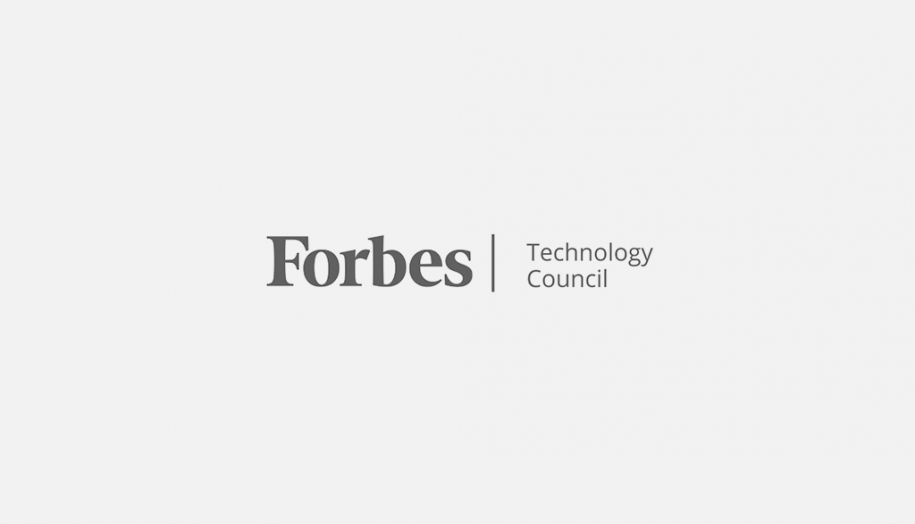Should Your Company Consider Alternative Payment Methods?
As CTO of Engage People Inc. Len Covello helps companies differentiate loyalty programs to deliver a better experience for their customers.
Published March 3, 2022, 9:45 a.m. EST
The pandemic was responsible for moving the adoption of alternative payment methods ahead from years to mere months. Innovations that took root during this period include “buy now, pay later” (BNPL) and the adoption of cryptocurrencies and loyalty points as payment options, with major credit card companies like Visa, Mastercard and American Express joining the party. Brands that allow their customers to use their loyalty and rewards points in new ways are giving consumers newfound liquidity with their stored points.
Adapting To Evolving Consumer Habits
The conversation among retailers is no longer about whether consumers will embrace digital payments but which kinds of digital payment methods will take hold. Retailers are discovering that giving consumers as much choice as possible leads to greater retention and more opportunity for revenue expansion.
The growth of BNPL transactions is just the tip of the iceberg when it comes to the adoption of alternative payment methods. According to research results from WorldPay, the payment processor owned by banking-technology firm FIS, BNPL accounted for 2.1% of all global e-commerce transactions in 2020. By 2024, it’s expected to double and account for 4.2%.
Recent research suggests that acceptance of digital currencies at the point of sale may result in bigger basket sizes, as well. According to the results of a Forrester Research study commissioned by crypto payment processor BitPay, cryptocurrency users have an average order value of $450, compared to an average order value of $200 for non-cryptocurrency users.
At the same time, brands with loyalty programs have increasingly allowed customers to use loyalty points the way they see fit (paywall). This trend validates loyalty points’ position as a preferred form of digital currency alongside other forms of “fiat currency” — like cash in a wallet. Accepting loyalty points at checkout provides a better customer experience, with consumer research reinforcing this point: Instant redemption of loyalty points improved the experience for 84% of those who chose to do so.
Move Over, Traditional Payments
Alternative payment methods are increasingly gaining a leg up on traditional payment methods, particularly credit cards. According to the results of an analysis on WorldPay data, the proportion of North American e-commerce spending from credit cards shrunk 7% in 2020, and BNPL’s share increased by 78%. Consumer enthusiasm around BNPL is underlying bold new moves on the part of retailers to unlock new payment possibilities, such as Amazon’s recently announced partnership with Affirm.
But the opportunity for alternative payments extends far beyond BNPL. Payments with digital wallets such as Venmo, cryptocurrencies and reward currency offer a range of use cases, as well, including with household name retailers and as a default payment method across Amazon’s site.
Unlocking The Potential Of Alternative Payments At The Point Of Sale
Retailers may want to take advantage of the newfound interest in and demand for alternative payments, including BNPL, cryptocurrencies and pay-with-points (PwP) capabilities. Retailers could take inspiration from Amazon, which has enabled BNPL solutions on its platform to complement its existing “shop with points” capabilities. Similarly, brands could double down on PwP capabilities to entice customers to carry out some everyday purchases through this payment method.
For retailers specifically interested in PwP, there are lessons from burgeoning crypto payment adoption. “Particularly for more millennial and Gen Z consumers, [crypto] is starting to become a mainstream investment, and these consumers want to have access to that liquidity,” said Cuy Sheffield, head of cryptocurrency at Visa.
As a greater proportion of consumers hold crypto assets, the greater the likelihood that they’ll want to have access to them as a payment vehicle when circumstances permit. Loyalty points are another payment vehicle with similar liquidity but less volatility and should be viewed as another opportunity to engage younger consumers.
Standing Out From The Crowd In Consumers’ Eyes
The challenge for retailers and other payment acceptance providers is that many customers are hesitant to change their mode of payment if it’s inconvenient to do so. Customers want a simple and seamless transaction experience, but that doesn’t happen if retailers aren’t offering a wide menu of payment and redemption options.
In making points more redeemable — either by allowing consumers to redeem at lower values to avoid having to hit high thresholds or by offering some kind of monetary incentive — retailers can help move the needle on PwP adoption while potentially reducing liabilities for loyalty programs. A recent example is a 2021 initiative from American Express whereby members received a 35% rebate when redeeming their rewards through PwP capabilities.
According to Joanna Stavins, author of a Boston Federal Reserve report on consumer payment preferences: “Explicit differences in the cost of using different payment methods may affect consumers’ decisions of how to pay. For example, recent research shows that merchants’ decisions to discount or surcharge based on payment method can influence how consumers pay.”
The Bottom Line
Digital payments alone aren’t enough. Rather, brands that offer a range of digital payment methods that suit each customer’s unique needs are more likely to stand out.
In the current economic climate in which inflation rates are hitting 30-year highs, unlocking access to additional spending options — by way of alternative payment methods, including points — could go a long way in helping a large swath of consumers ease some of their financial needs.
If there are lessons to draw from the growth of alternative payment methods such as cryptocurrency, BNPL and PwP, it’s that consumers will continue to demand more ways to make digital payments. Retailers who take advantage of this opportunity now could have the opportunity to experience better customer loyalty over time while increasing opportunities to generate additional revenue.
